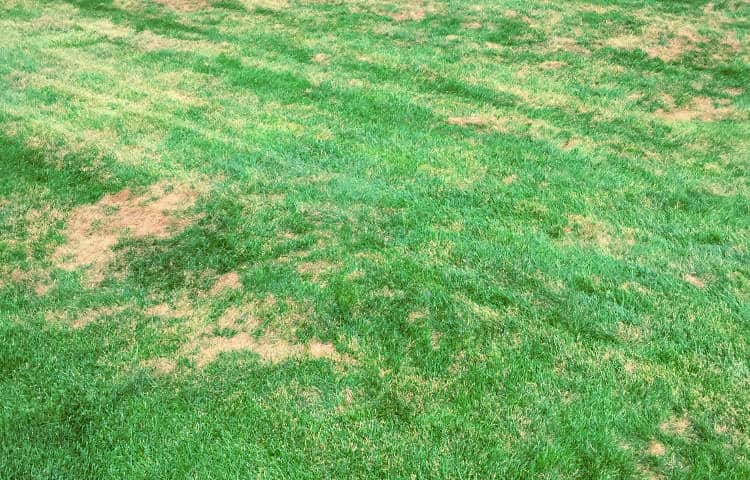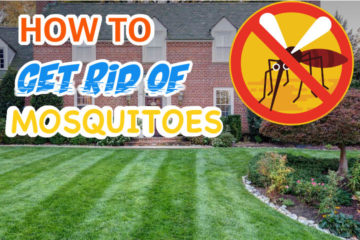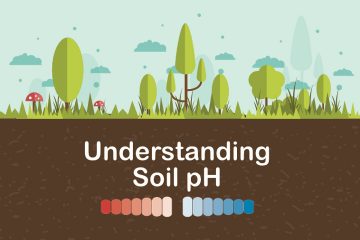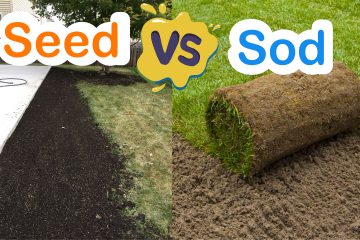Lawn fungal diseases in the Midwest are very common during summer time due to the hot temperatures. The best way to deal with fungal diseases is to try to prevent them in the first place.
Drought and hot temperatures are the most common causes of fungus diseases along with poor maintenance, some practices can be implemented to reduce the chances of fungal infection:
How to prevent lawn fungal diseases
Since some diseases are hard to treat, it is better if the lawn issues are nipped in the butt as soon as you notice them. Lawn disease and fungus can come in all sorts of forms like dead-looking brown patches to highly visible spots, threads, rings, or slimes. It’s important to remember that lawn damage isn’t always lawn fungus, So you may want to reach out to an expert to determine whether or not the symptoms match the diagnosis.
Common lawn fungal diseases
Summer Patch
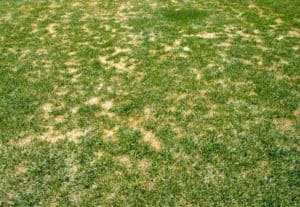
Symptoms appear in early summer as small, circular patches of slow-growing, thinned grass. Patches are typically less than 1 ft. in diameter, but they sometimes exceed 2 ft.
Heat, drought stress, and nutrient deficiencies are the main factors that encourage the development of summer patch symptoms. Excessive fertilizer with high amounts of nitrogen, lack of potassium, over-watering, excessive thatch accumulation, and soil compaction have been shown to encourage summer patch development.
Dollar Spot
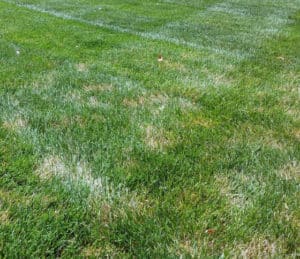
Dollar spot is a lawn fungal disease that appears as small, circular, sunken patches that rarely exceed 2-3 in. in diameter. These patches will grow larger if the disease becomes severe. Lawns exhibit irregularly shaped, bleached patches of blighted grass 1-6 in. or more across. Dollar spot develops during spring and remains active throughout the summer, but disease activity typically slows when high temperatures consistently exceed 85 °F.
Rust
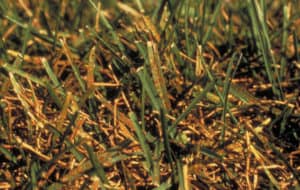
Rust fungal disease exhibit some orange powdery material that when walking on grass may attach to shoes/boots. The rust pustules on infected grass leaves turn black during the fall in preparation for winter. Heavily infected lawns die from the excessive loss of moisture from rusted grass leaves. Early symptoms of rust diseases appear as light yellow flecks on leaves or stems.
Leaf Spot
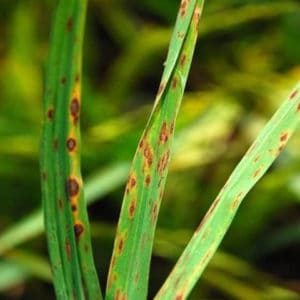
In the midwest this disease is most active during warm and humid weather. Symptoms are visible as small, brown or black spots or flecks on the grass blades. As the fungus infection expand, the center of the affected area becomes tan with a dark brown or black border. Shaded areas with little or no air movement favor leaf spot fungal disease.
Snow Mold
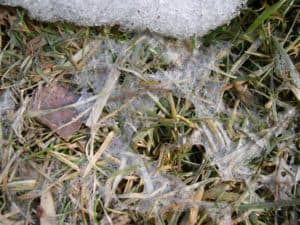
In order to develop, snow mold requires extended periods of snow cover over the lawn. This disease is visible as soon as the snow begins to melt. Snow mold symptoms are circles or patches up to 3 inches in diameter. The grass blades in affected areas are matted together in a white and gray color. In rare cases snow mold can damage large areas of grass, and renovation can be extremely slow. Excessive amounts of Nitrogen, high mowing heights at the end of the growing season going into winter can help the development of the snow mold disease.
Products we use in managing fungal diseases
| Product | Application | Type |
|---|---|---|
| Lesco Eagle .39% | Fungicide | Granular |
| Heritage G | Fungicide | Granular |
| Eagle 20EW | Fungicide | Liquid |
| Heritage | Fungicide | Liquid |
| Dithane 75DF | Fungicide | Granular |
Before treating your lawn you should have it accessed to know exactly what you are dealing with. Know your grass type and know what type of lawn treatments you have done to your lawn in the past. A soil test perhaps might be the best option if you are not sure how to treat the affected lawn. Once those results come back you can focus on managing your lawn to give it what it lacks.
Preventing And Resolving Problems
Among the top reasons why a lawn becomes prone to fungal disease is the excessive soil moisture, compacted soil, poor drainage, and mowing too low. Applying a layer of nutrient rich top-dressing also helps to improve and balance soil ph , increase drainage, and help combat disease.
Following proper maintenance techniques can help you correct and reduce the chances of getting a fungus disease in your lawn again. Keep in mind that time may be the best healer. If you maintain your lawn properly, making sure to practice the basics of lawn care, your grass should return to a healthy state.

